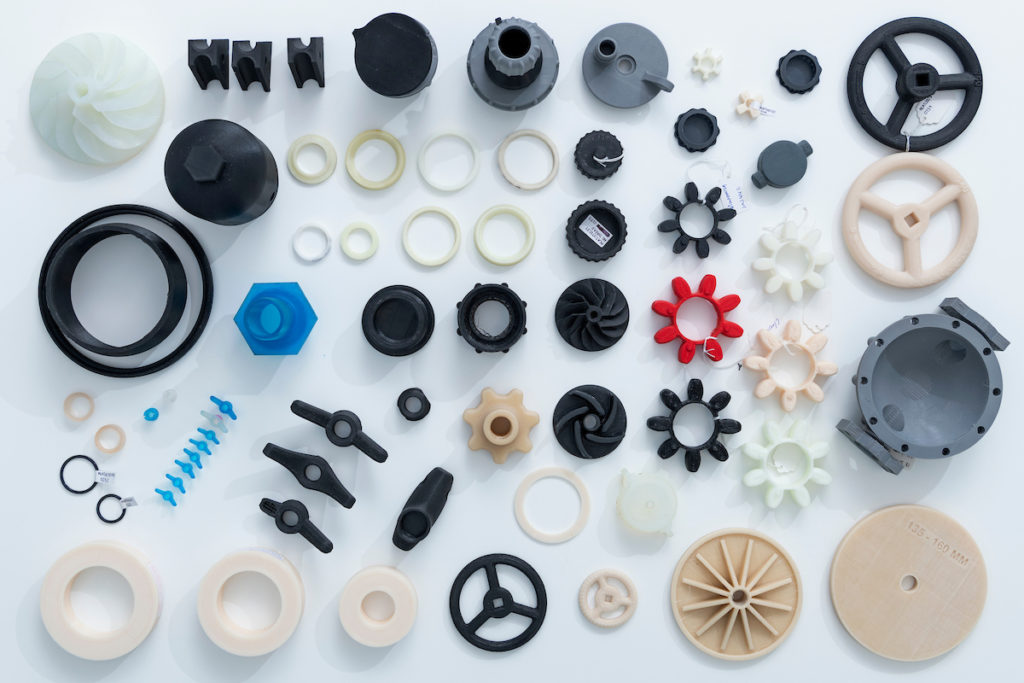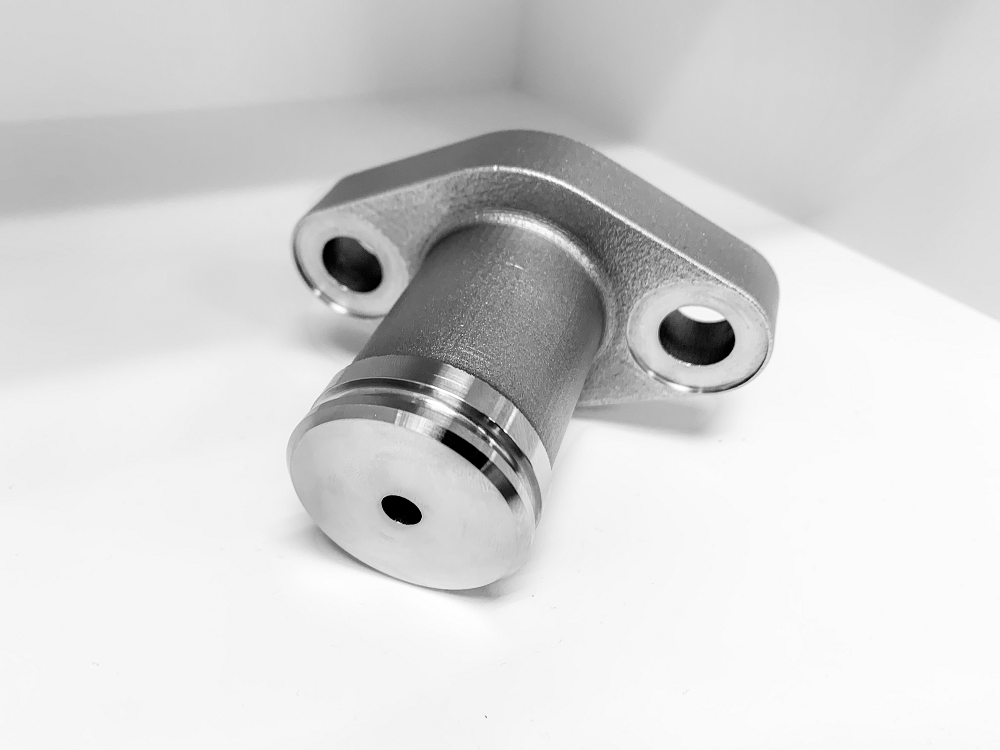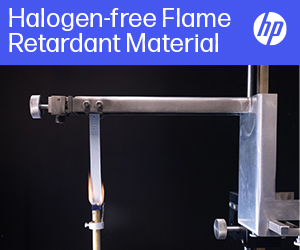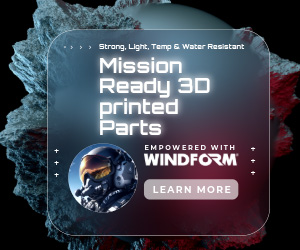Essentially, very few places are promoting themselves to be 3D printing’s new home. Berlin, Germany gave you free land at one point. Berlin’s approach seems to have petered out somewhat and wasn’t particularly targeted to becoming the home of AM.
Pflugerville, Texas is using incentives and its proximity to Austin to attract EOS, DyeMansion, and Essentium to the town. Dubai is doing all manner of projects and proclamations to make sure that it becomes the home of 3D printed construction as well. In Denmark, the AM Hub is mainly focusing on meetings and bringing that small country’s community together around 3D printing along with near-adjacent considerations, such as the environment and data. Then, of course, there’s Singapore, where the National Additive Manufacturing Innovation Cluster (NAMIC) is driving the direction of 3D printing in Singapore.
Plfugerville, Texas
Pflugerville‘s community development corporation seems to be punching well above its weight in making its city a 3D printing place to be. Via enticing a EOS acquisition to make its home there, the city now has one of the largest companies in AM to anchor its development. If Essentium is successful in its SPAC endeavors, then this will surely be a coup for the city, as well. The subsidies seem reasonable, up to $500,000 or so, and the city is surely extracting value by aiming to cluster AM companies there, as opposed to chasing a large car plant or something like that. Pflugerville had classes on 3D printing, as well, and seems to be onto a better strategy than just randomly trying to attract investment, as others are.
Dubai, UAE
Dubai’s approach seems a bit random, really, with a lot of initiatives and bold claims. By legislating that a portion of all new buildings be 3D printed, the emirate has put in a real carrot for construction companies. Also, since no one else is focusing on additive construction, they could do very well here. However, Dubai’s approach does not seem to be very holistic.

Denmark
The Danish have done quite well with meetings and coordination. A small compact nation has used this quality to the max by getting everyone in one room. They also now want to attract investment and attention globally, but a focus on what really matters to companies using AM seems to have done them a lot of good. The fact that the AM Hub is dedicated and has only a mission of promoting AM would likely be the cause of a lot of focus there as well.
Singapore
I’ve stated a few times that I really like what National Additive Manufacturing Innovation Cluster (NAMIC) is doing in promoting and enabling 3D printing in Singapore. NAMIC organizes events such as the Global AM Summit, sponsors research, and gets companies to collaborate on additive manufacturing (AM) projects. It also has a penchant for memoranda of understanding (MOUs) between big companies. The organization has sponsored a number of Singaporean startups, encouraging and guiding firms in such diverse applications as from desalination to food, dental and metal printing. And, as we heard from NAMIC’s Mehendran Reddy, it helps you locate your 3D printing business to Singapore.
Singapore’s approach has by far been the most complex. NAMIC is a separate state body dedicated to engendering 3D printing in Singapore, but its remit and tasks are far and wide. NAMIC promotes research, commercializes university research, organizes congresses, attracts firms, couples local firms with researchers, pairs local firms with 3D printing partners to commercialize 3D printed products, and connects people with knowledge.

3D-printed spare parts for maritime. Image courtesy of Wilhelmsen.
What also helps is that the city-state has tied most of its focus areas to things that are important to it. So, it’s not just commercializing 3D printing on an island, but in conjunction with other strategic and tactical initiatives that the government has as well as things that ordinary Singaporeans will understand. For example, cooperation with Thyssen, Wilhelmsen, and others with maintenance and repair of ships directly benefits a huge shipping and shipping repair industry.
Working together with Molyworks means that industry there will have access to low-cost metal powder. This is also something that anyone can understand. Also from a government helicopter view, this kind of resilience and independence stuff is always liked. Through potentially using recycled powder, green credentials are assured. Molyworks, therefore, is a logical partnership in the minds of participants and the public in general.

The 3D printed cooling water pipe connector. Image courtesy of Wilhelmsen.
Research into wire arc AM bolsters the country’s abilities while the commercialization of a WAAM company does this further. So, it’s not just betting on powder bed, but looking at other technologies to complement it. Other investments and activities in food production and 3D printing also dovetail with lower emissions and food independence goals that the country has.
NAMIC‘s grants also show bone implants, bone filament, and other things that complement medical device aspirations or goals to lower health care costs. It’s all very holistic and very coordinated. But, they also have an open grant call for those innovations that they haven’t conceived of. All in all, NAMIC has a coordinated effort from invention to commercialization to funding for technologies that are relevant for Singapore—all of which could strengthen Singapore’s existing industries or help the country with its challenges.
This is why I really think that NAMIC’s approach is singularly successful. Its not a government lab trying to build a better missile or a consortium trying to make parts for aviation. It is a whole web of people working on commercializing technologies that are broadly relevant to society. Furthermore, these are recognizable as being relevant to society. This makes 3D printing an enabling tool for tackling challenges in business and of the state. So, NAMIC’s work is relevant and matters to Singapore and this to me would be the key element that makes them so successful.
Subscribe to Our Email Newsletter
Stay up-to-date on all the latest news from the 3D printing industry and receive information and offers from third party vendors.
You May Also Like
3D Printing News Briefs, December 28, 2024: Awards, Fast-Curing Silicone Ink, & More
We’re starting off with awards in today’s 3D Printing News Briefs, and then moving on to some interesting AM materials news. Read on for all the details! SME Recognizes Manufacturing...
The Future of Manufacturing Is on Display at Prof. Ping Guo’s Northwestern Lab
Northwestern University’s Ping Guo is at the forefront of advanced manufacturing research, exploring innovative technologies that are shaping the future of additive manufacturing (AM) and beyond. From intelligent metrology and...
3D Printing News Briefs, November 16, 2024: Feasibility Study, Mobile 3D Printer, & More
We’re starting off today’s 3D Printing News Briefs with a little business, including a new 3D printer launch, a feasibility study, an automotive partnership, and more. Then we move on...
3D Printing Webinar and Event Roundup: November 10, 2024
We’ve got another busy week ahead of webinars and events around the world! There are multiple open houses and conferences, advanced AM training, a 3D printer launch event, our own...

































